#LearnWithMe
Explore tagged Tumblr posts
Photo
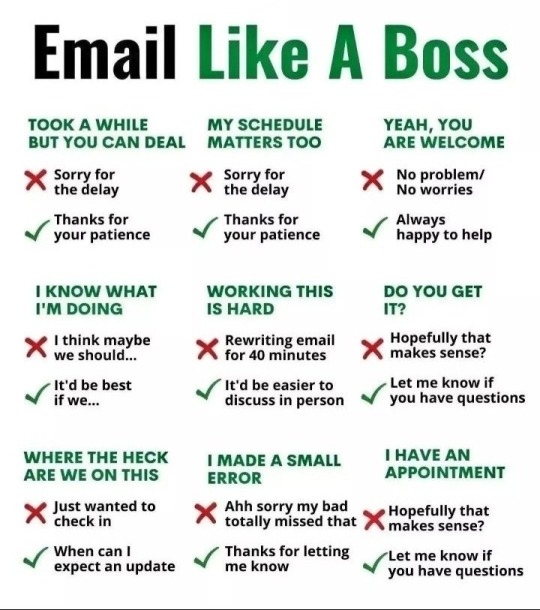
Email like a boss
#LanguageLearning#LearnLanguages#Polyglot#SpeakFluent#LanguageLearner#LanguageGoals#LanguageJourney#LanguageExchange#LearnWithMe#Linguistics#LanguageTips#LanguageNerd#BilingualLife#LanguageChallenge#LanguageStudy#LanguageCommunity#FluentInDays#LanguageTeacher#LearnAndGrow#LanguageAcquisition#LearnersOfInstagram#PolyglotCommunity#LanguageResources#LanguageEnthusiast#LanguageMemes#SpeakLikeANative#LanguagePodcasts#LanguageBooks#LanguageLearningTips#LanguageInspiration
93 notes
·
View notes
Text
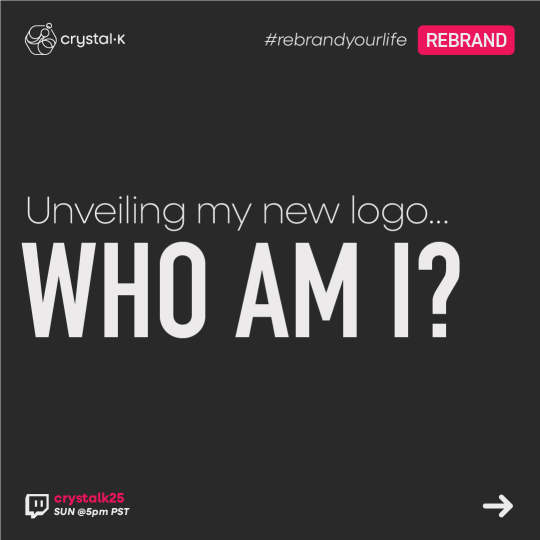
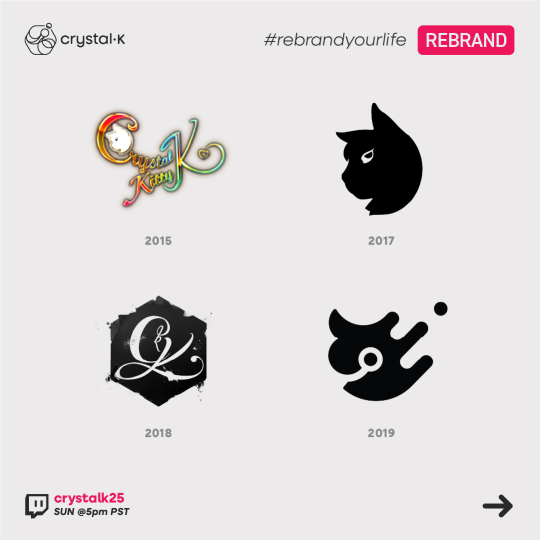
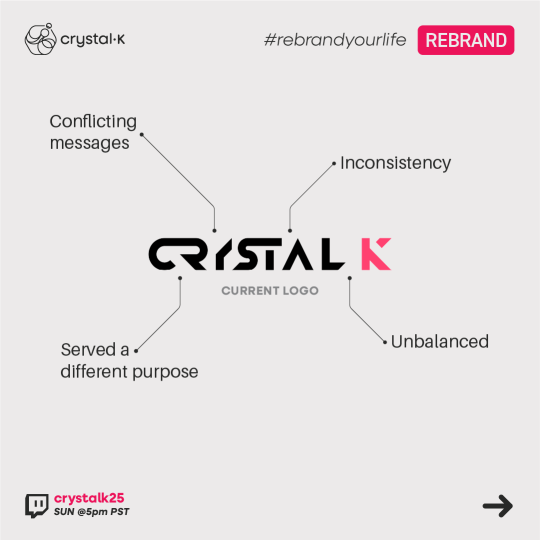

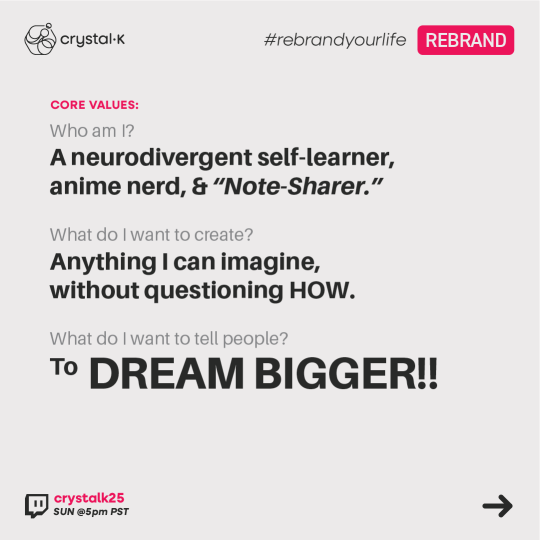
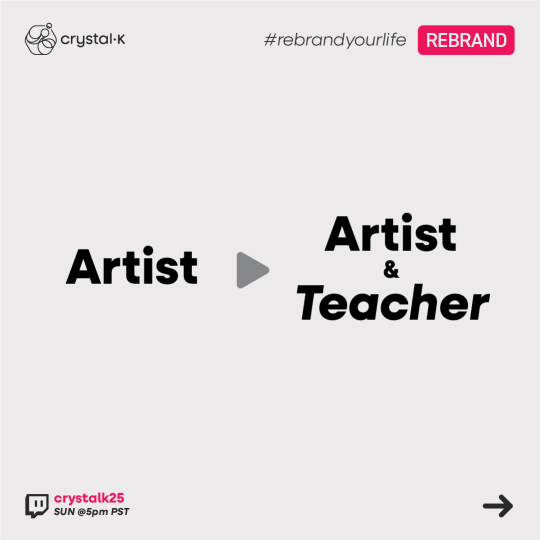
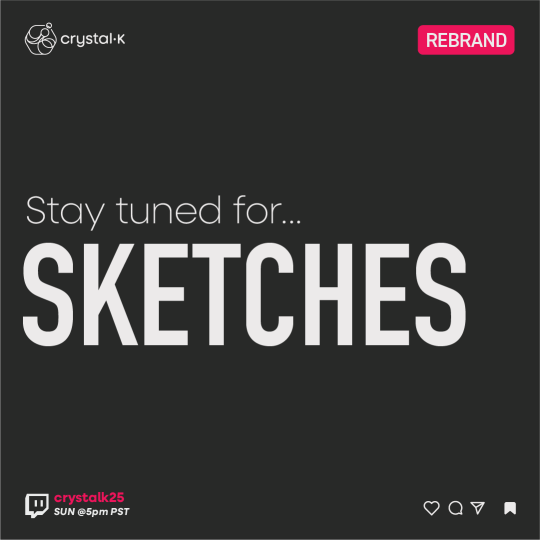
https://www.youtube.com/@TheCrystalLibrary SUN YT Streams @ 3pm PST: Software Demos & Class Insights
YOU KNOW what I KNOW - Your fellow Note-Sharer~
- - -
See more on my Instagram @crystalk25!
#youtube#youtubeshorts#learnwithme#graphic#design#graphicdesign#graphicdesigner#motion#motiondesign#investinyourself#gfx#grid#adobe#photoshop#ps#illustrator#ai#indesign#id#brand#branding#rebrand#rebranding#swatches#mockup#logo#logodesign#redesign
2 notes
·
View notes
Text
http://www.youtube.com/@Histree_official
#youtube#AztecEmpire#HistoryShorts#1MinuteHistory#AncientEmpires#Aztec#EducationalShorts#Tenochtitlan#BeforeTheConquest#HistoryFacts#LearnWithMe
1 note
·
View note
Text
What is an adjective ?
Have no idea? Don't worry I struggle with these to ! Keep reading and learn with me :)
So an adjective is a word that would modify a noun which if you don't know what a noun is some examples are (a person , places different things or different ideas!) to modify a noun with a adjective let's use the noun dog as a example! I feel that's a easy one and who doesn't like doggies ><
SO to modify the noun dog with a adjective you can use the adjective happy! Which would make it “happy dog“ your basically just adding onto the noun, if that makes any sense to anyone. Happy makes sense when regarding the dog because it describes the dogs other possible adjective's could be sad dog , tired dog , hungry dog , playful dog , thirsty dog and so on !
So recap!
An adjective is a word that modifies a noun for exp a person places thing or idea if you have something like the noun dog you use the adjective happy to modify it because the adjective happy can describe the dogs emotional state

1 note
·
View note
Text
Types of Nouns
Did you know that nouns are categorized into different types? Let’s explore!
✅ Common Nouns – General names (e.g., city, dog, teacher) ✅ Proper Nouns – Specific names (e.g., Paris, Charlie, Google) ✅ Abstract Nouns – Feelings or concepts (e.g., freedom, kindness, courage) ✅ Concrete Nouns – Things you can see/touch (e.g., apple, chair, mountain) ✅ Collective Nouns – Groups (e.g., team, flock, bunch)
💡 Challenge: Write a sentence using at least three different types of nouns!
#EnglishMadeEasy#GrammarRules#NounsInEnglish#EnglishLessons#LearnWithMe#StudyTime#GrammarHelp#EnglishIsFun#StudyAbroad#LanguageTips#SpeakFluently#OnlineLearning#EnglishPractice#GrammarForEveryone#SmartStudy
0 notes
Text
Unlock Your Potential: The Rise of Online Digital Marketing Courses
Learning online marketing is essential for both business success and professional development in the present technological age. A convenient and adaptable near to learn these crucial skills is through online digital marketing courses.
These courses address a wide range of subjects, including analytics, content production, social media marketing, and SEO. Students can fit education into their hectic lives by studying at their own speed. Numerous platforms guarantee the practical application of learnt concepts by providing interactive modules, real-world projects, and expert-led webinars.
There are several advantages. Geographic constraints are removed via online learning, giving students access to world-class teachers and materials. They are frequently less expensive than conventional classroom settings, and learning is reinforced by the opportunity to review content.
Online courses in digital marketing give participants the skills they need to succeed in the always changing digital landscape, regardless of their level of experience. You may invest in your future by improving your digital literacy.
#DigitalMarketing#OnlineMarketing#MarketingCourses#DigitalSkills#OnlineLearning#Elearning#LearnOnline#OnlineCourses#MarketingTips#MarketingTrends#LearnWithMe
0 notes
Text
India GK
Quizzes
Read more...
#commercestheories#IndiaGK#GeneralKnowledge#IndianHistory#CurrentAffairs#IndianCulture#KnowYourIndia#IndiaFacts#QuizTime#LearnWithMe#IncredibleIndia
0 notes
Text
HDMS013. Building a DTC Brand from Scratch: What Harvard Taught Me About Competing with Startups
Building a brand from scratch is never easy—whether you're a legacy company like L’Oréal trying to compete with DTC disruptors or a comedian figuring out how to market your work without industry backing. Some brands choose to acquire rising competitors, but others try to build their own new brands from within.
But here’s the thing: launching a startup-style brand inside a giant corporation is like trying to turn a cruise ship into a speedboat. The corporate structure that makes a company successful at scale is the very thing that slows it down when it tries to act like a startup. And yet, many are trying—setting up accelerators, incubators, and internal DTC spin-offs to compete with younger, leaner brands.
So, why do they even bother? What advantages do legacy brands have in launching a DTC brand from scratch? And what challenges do they face? More importantly—how does this apply to comedians, creators, and indie producers trying to carve their own path?
Let’s break it all down.
II. Why Do Legacy Companies Build Their Own DTC Brands?
For massive companies like L’Oréal, launching a new direct-to-consumer (DTC) brand isn’t just about keeping up with trends—it’s about staying relevant in a rapidly shifting market. But why go through the struggle of building from scratch when they could simply acquire an existing DTC brand?
Here’s why some companies prefer the build strategy over buying:
1. Avoiding Expensive Acquisitions
Acquiring an established DTC brand can cost hundreds of millions (or even billions) of dollars. Instead of spending that money on an acquisition, some companies choose to invest in developing their own DTC brands, hoping to create something just as successful—without the hefty price tag.
Example: P&G didn’t acquire a startup shaving brand—they launched their own (Gillette on Demand) to compete with Dollar Shave Club.
2. Leveraging Existing Resources
Legacy brands already have deep industry expertise, supply chain dominance, and global reach. Instead of letting DTC startups disrupt them, they use their own R&D, distribution networks, and customer data to create in-house brands that can compete.
Example: Anheuser-Busch launched several craft beer brands in response to the craft beer movement—rather than acquiring small independent breweries.
3. Maintaining Brand Control
Acquiring a startup comes with cultural clashes and integration challenges—the original team may leave, the brand’s authenticity might suffer, and the customer base might not respond well. By building a new brand internally, companies can ensure it aligns with their broader business goals.
Example: L’Oréal launching a new clean beauty line under its own umbrella instead of acquiring an existing DTC brand allows them to control messaging, quality, and distribution.
4. Avoiding Channel Conflicts
Most legacy brands rely heavily on retail partnerships (Walmart, Sephora, Target, etc.) for sales. If they acquire a DTC brand that only sells online, it could create conflict with these key retail partners. Instead, they launch hybrid DTC-retail strategies to avoid upsetting their existing distribution network.
Example: Kellogg launching in-house snack brands with a mix of online and in-store availability instead of acquiring a purely DTC competitor.
5. Experimenting With New Business Models
Launching an internal DTC brand gives companies room to test subscription models, personalized products, and digital-first experiences—without risking their core legacy brands.
Example: Visa Ventures experiments with fintech brands to explore new payment solutions without disrupting Visa’s main business.
III. The Biggest Challenges of Building a DTC Brand In-House
While launching an in-house direct-to-consumer (DTC) brand may seem like a logical step for legacy companies, it comes with significant challenges that many fail to overcome.
Here’s why building a DTC brand from scratch isn’t as easy as it looks—even for industry giants like L’Oréal:
1. The Risk of Cannibalization
One of the biggest risks for a company launching a DTC brand is that it might steal sales from its own existing products.
Take Gillette, for example. If Gillette had launched a low-cost, subscription-based razor brand before Dollar Shave Club, they could have avoided competition. But here’s the catch:
That DTC razor brand would have undercut Gillette’s premium razor business, hurting their profitability.
If a company’s existing customers switch to the new DTC offering, they’re not gaining new customers—they’re just shifting them.
Retailers might feel betrayed if they see the brand prioritizing DTC sales over their in-store partnerships.
This forces legacy brands into a delicate balancing act—how do you compete with DTC startups without hurting your main revenue streams?
2. Scaling DTC Brands Is Harder Than It Looks
Big companies are used to building billion-dollar brands, but most DTC brands never reach that scale.
Many DTC companies peak at $50M–$100M in revenue—a number too small to make a real impact for giants like L’Oréal or Unilever.
This makes it harder for executives to justify long-term investment in an in-house DTC brand.
If a company doesn’t see massive growth fast, they might abandon the brand before it has time to develop.
Example: A large beauty company launching a niche, vegan skincare brand might see strong initial sales, but if it doesn’t grow fast enough, they may shut it down rather than letting it develop organically.
3. Internal Resistance and Corporate Bureaucracy
Many large companies are risk-averse and slow-moving—the exact opposite of what makes DTC brands successful.
DTC brands thrive on: ✅ Fast decision-making ✅ Creative risk-taking ✅ Direct engagement with consumers
Legacy companies, on the other hand, tend to: ❌ Rely on long approval processes ❌ Stick to corporate guidelines ❌ Avoid disrupting existing revenue streams
When these two cultures collide, the DTC brand often suffers—either from lack of funding, slow execution, or being forced to conform to a corporate structure that kills innovation.
4. Profitability Pressures & Shareholder Expectations
Venture-backed DTC brands focus on growth first, profit later—but legacy companies can’t afford to take that risk.
DTC brands often lose money in their early years, spending aggressively on marketing and customer acquisition.
Large companies, however, must answer to shareholders, meaning they can’t afford to run a DTC brand at a loss for too long.
Many promising in-house DTC brands end up shut down because they don’t meet profitability targets fast enough.
Example: A major cosmetics brand launching an indie-style DTC brand might expect it to turn a profit within a year—but most DTC brands take several years to become sustainable.
5. The Challenge of Capturing "Authenticity"
DTC brands succeed because they feel authentic, personal, and niche—qualities that are hard to manufacture at scale.
Consumers don’t just buy products; they buy stories, communities, and values.
If a giant corporation launches a DTC brand, can it really feel like a small, independent brand?
Younger consumers are skeptical—if they sense a brand is just a corporate cash grab, they’ll avoid it.
Some legacy companies hide their ownership of DTC brands to maintain an indie feel (e.g., PepsiCo owns Naked Juice, but most consumers don’t realize it).
The question for legacy companies is: Can you launch a DTC brand that truly connects with consumers, or will it feel like just another corporate product?
IV. How Comedians & Creators Can Apply These Lessons to Their Own Work
At first glance, the struggles of L’Oréal launching a DTC brand might seem completely unrelated to the comedy and content creation industry. But in reality, there are direct parallels between what legacy brands face when building a DTC brand and what independent creators face when scaling their own work.
Here’s how these lessons apply to comedians, podcasters, and content creators trying to grow their audience and monetize their work:
1. Don’t Cannibalize Your Own Success
Just like legacy companies risk losing customers from their main brand when they launch a DTC brand, comedians and creators can risk spreading themselves too thin or confusing their audience when they launch new projects.
If you already have an audience that loves your stand-up comedy, but suddenly you start posting only lifestyle vlogs, you might alienate your existing fans.
If you create multiple competing brands at once (e.g., launching three different YouTube channels at the same time), you might divide your audience instead of growing it.
Lesson: When expanding into new projects, ask yourself: Is this building my audience, or is it pulling them away from what they already love about my work?
2. Scaling Takes Time—And Many Creators Give Up Too Soon
Many DTC brands fail because they don’t scale fast enough to keep corporate executives happy—but that doesn’t mean they weren’t good brands.
The same thing happens with comedians and creators—many quit too soon because they expect fast growth, but real success takes years of consistent effort.
Just because you haven’t gone viral in six months doesn’t mean your content isn’t working—it might just mean you need more time.
Many comedians don’t see real momentum until they’ve been performing for 5–10 years. The ones who “make it” are often the ones who simply kept going the longest.
Lesson: The biggest brands—and the biggest comedians—succeed because they didn’t quit when things weren’t growing fast enough.
3. Large Corporations Struggle with Authenticity—And So Do Some Creators
DTC brands thrive on authenticity, but when a big corporate company launches a “cool, indie brand,” people see right through it.
The same is true for creators who try too hard to fit a trend instead of being themselves.
If your comedy voice is sarcastic and dark, but you try to force yourself to do wholesome TikTok trends, your audience might not connect with it.
If you pivot too fast into what’s trending, you might lose the unique voice that made people follow you in the first place.
Many creators burn out chasing trends because they’re not actually passionate about the content they’re making.
Lesson: People connect with authenticity—whether it’s in branding or in comedy. Build your brand around what you genuinely love instead of chasing whatever is popular in the moment.
4. Profitability Takes Longer Than You Think
Just like legacy companies shut down DTC brands too early because they don’t turn a profit fast enough, many creators quit projects too soon because they aren’t making money right away.
Most comedians don’t start making money for years—but that doesn’t mean they aren’t building something valuable.
Many podcasters quit after 10 episodes because they don’t have sponsorships, but most successful podcasts only start monetizing after 50–100 episodes.
If you expect instant success, you’ll quit before you even give yourself a real chance to grow.
Lesson: The most successful creators play the long game—they keep building even when the money isn’t there yet.
TL;DR: What Creators Can Learn from DTC Failures ✅ Don’t spread yourself too thin—focus on growing one strong brand before launching too many projects. ✅ Understand that scaling takes time—your first year might be slow, but momentum builds. ✅ Stay authentic to your voice—don’t force yourself to fit trends that don’t align with you. ✅ Be patient with monetization—if you stick with it, the money comes later.
The same mistakes that corporate giants make when trying to launch DTC brands are the same ones creators make when trying to grow their careers—the difference is that we don’t have billion-dollar budgets to recover from them.
V. How I’m Making This Work Even With AuDHD
Managing creative projects, staying consistent, and thinking long-term can be overwhelming for anyone—but with AuDHD (Autism + ADHD), the challenges become even more layered. Here’s how I’m applying the lessons from this module while working with my neurodivergent brain:
1. Avoiding Project Overload & Shiny Object Syndrome
One of the biggest struggles of ADHD in creative work is jumping from project to project without fully developing one before moving on to the next. This is similar to how corporations launch too many brands at once and fail to properly scale them.
✅ What I’m doing differently:
Instead of launching 10 different shows, podcasts, and content series at once, I’m focusing on structuring what I already have and making sure it grows properly before adding more.
I document all my ideas but remind myself that not every idea needs to be acted on right away.
I set a clear priority list so I know what to work on instead of impulsively jumping between unfinished projects.
2. Managing Energy & Avoiding Burnout
The ADHD hyperfocus cycle makes it easy to go all in on a project for weeks, then crash and feel exhausted—which is exactly what happens when big companies launch a DTC brand without thinking about long-term sustainability.
✅ What I’m doing differently:
I build systems that allow for sustainability, like batching content and scheduling breaks.
I set weekly limits on deep work sessions so I don’t burn out from overworking.
I practice ”strategic quitting”—letting go of projects that aren’t serving me before I reach total exhaustion.
3. Adapting to Executive Dysfunction & Decision Paralysis
Big companies often struggle with slow decision-making and risk aversion, leading them to miss opportunities or move too cautiously. ADHD brains do something similar—we get stuck in overthinking loops, unable to move forward because we’re overwhelmed by choices.
✅ What I’m doing differently:
I use timers and accountability structures to force myself to make quicker decisions.
I rely on templates, checklists, and automations to reduce the number of daily decisions I need to make.
I remind myself that ”done” is better than perfect—progress beats perfectionism every time.
4. Embracing the Need for Structure & Routine
Many legacy brands struggle with launching DTC brands because they don’t have the internal culture or structure to support them—they try to run a fast-moving startup the same way they run a billion-dollar company, and it doesn’t work.
ADHD brains function the same way with routine—we try to work like neurotypical people, and when it doesn’t work, we assume we’re the problem. But really, we just need a different kind of structure.
✅ What I’m doing differently:
Instead of forcing myself into rigid routines, I build ”structured flexibility”—allowing for freedom within a loose framework.
I focus on momentum instead of motivation—showing up consistently in small ways rather than relying on energy bursts.
I design workflows that fit how my brain actually works, instead of trying to fit into neurotypical productivity standards.
VI. TL;DR & Final Thoughts
This module made me realize that building a DTC brand in-house is a lot like launching a new creative project as a comedian or content creator. It’s not just about having the resources—it’s about having the right strategy, adaptability, and patience to grow it properly.
Here’s what I’m taking away from this lesson:
Big companies struggle with launching DTC brands for the same reasons creatives struggle with launching new projects—too many internal constraints, fear of risk, and difficulty adapting to a different structure.
Not every idea is worth launching. Just because you can create a new brand (or show, or podcast, or business) doesn’t mean you should.
Scaling requires a long-term plan. A successful DTC brand (or creative project) needs to be built in a way that avoids burnout, allows for sustainability, and adapts over time.
Structure matters. Whether you’re L’Oréal launching a new skincare brand or a comedian building an audience, having a workflow that supports long-term growth is essential.
This module also reminded me how much launching something new is a learning curve—whether it’s a business, a show, or a personal brand.
And honestly? That’s okay.
Because even if it’s messy, slow, and chaotic at times, learning how to build things sustainably is what makes long-term success possible.
The next lesson will explore alternative strategies that large companies can use to compete with DTC brands without launching their own. But for comedians and creators? The takeaway is clear:
💡 You don’t need to launch something new every time you want to grow. 💡 Sometimes, refining what you already have is the best move you can make.
If you found this post interesting, check out the rest of my Harvard Digital Marketing Course breakdowns:
📌 Buy or Build? What Harvard Taught Me About DTC Acquisitions (HDMS012) 📌 What L’Oréal’s Strategy Can Teach Comedians & Creators About Surviving Industry Disruption (HDMS011) 📌 From Clicks to Comedy Clubs: What Harvard’s Digital Marketing Course Taught Me About Selling an Experience (HDMS010) 📌 The DTC Value Chain: Lessons on Scaling and Customer Experience (HDMS009) 📌 Comedy, Clicks & Customer Acquisition: Harvard’s Digital Marketing Breakdown (HDMS008)
And more coming soon. 🚀
💡 Enjoyed this breakdown? Let’s keep the conversation going! Drop a comment—Do you think it’s smarter to launch new projects or refine what you already have?
If you're a creator, comedian, or entrepreneur trying to build something sustainable, let’s figure this out together. Follow for more insights on digital marketing, creative business, and making big ideas actually work.
🔗 Read the full Harvard Digital Marketing series here: [Insert link]
#DigitalMarketing#DTCBrands#MarketingStrategy#HarvardBusiness#CreativeBusiness#BrandBuilding#ComedyMarketing#ScalingCreativity#Entrepreneurship#ContentStrategy#Creators#IndieBusiness#MarketingTips#SmallBusiness#LearnWithMe
0 notes
Text






Follow these Steps
#ContentCreation#ContentMarketing#SocialMediaTips#DigitalMarketing#ContentStrategy#AudienceEngagement#MarketingHacks#ContentCreator#SocialMediaGrowth#VisualContent#CanvaDesign#ContentAnalytics#MarketingTips#ContentPlanner#TrendingNow#ViralContent#LearnWithMe#GrowYourAudience#ContentGoals#marketingstrategy
1 note
·
View note
Text
Hey there, math enthusiasts! Here's a new math learning video for you to watch😍.
youtube
#fun math#multiplication#learning#learnwithme#youtube#content creator#creator#math tutoring#mathematics
1 note
·
View note
Video
tumblr
Follow!
#shorts#comedy#skit#funny#english#learnenglish#LanguageLearning#LearnLanguages#Polyglot#SpeakFluent#LanguageLearner#LanguageGoals#LanguageJourney#LanguageExchange#LearnWithMe#Linguistics#LanguageTips#LanguageNerd#BilingualLife#LanguageChallenge#LanguageStudy#LanguageCommunity#FluentInDays#LanguageTeacher#LearnAndGrow#LanguageAcquisition#LearnersOfInstagram#PolyglotCommunity#LanguageResources#LanguageEnthusiast
10 notes
·
View notes
Text

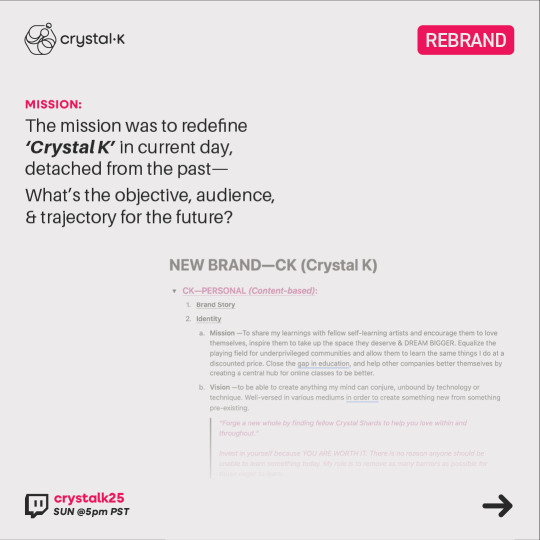
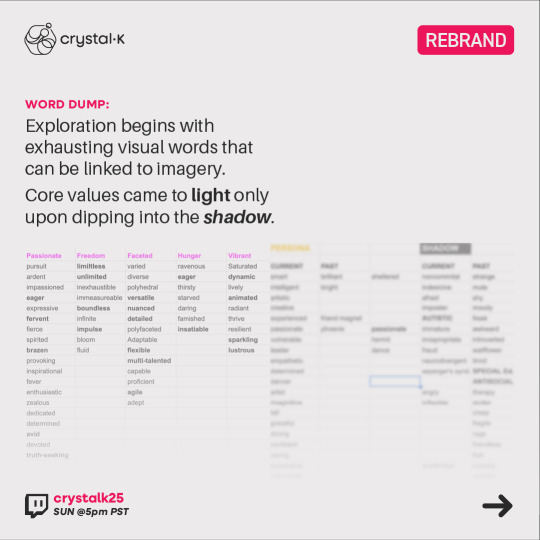
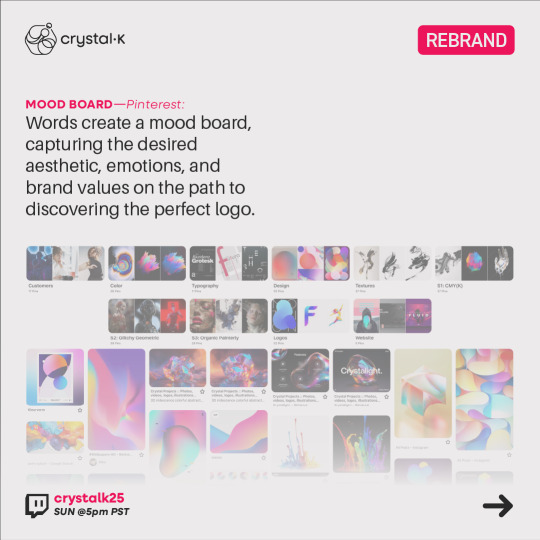
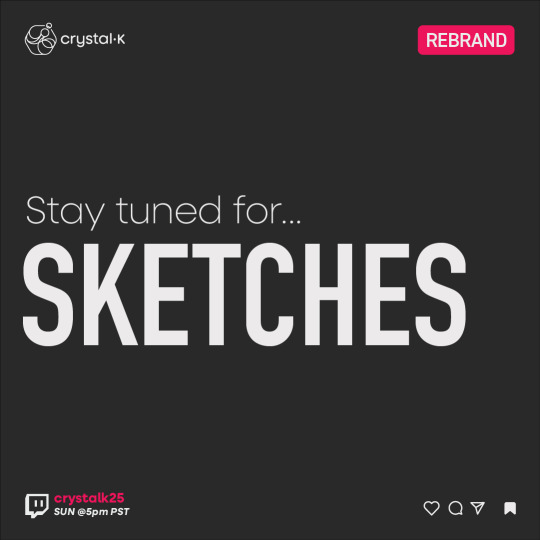
https://www.youtube.com/@TheCrystalLibrary SUN YT Streams @ 3pm PST: Software Demos & Class Insights
YOU KNOW what I KNOW - Your fellow Note-Sharer~
- - -
For the last year, I've been rebranding myself to reaffirm my current goal in life. But before designing ANYTHING, I needed to understand the WHY before the WHAT, and to let go of the past.
Stay tuned to see my journey of rebranding my life, and becoming the happiest I’ve ever been! #rebrand #rebrandyourlife #investinyourself
#youtubeshorts#influenceur#learnwithme#learnwi̇thme#learnwithCK#illustration#mograph#graphic#design#graphicdesign#graphicdesigner#motion#motiondesign#motiondesignerscommunity#investinyourself#investinyou#investinyourfuture#love#yourself#loveyourself#youtube#youtube streamer#streaming
1 note
·
View note
Text
News Movies 2024 Box Office
News Movies 2024 Box Office brings the latest updates on upcoming films predicted to dominate the box office in 2024. This year promises a range of genres, from explosive action, deep drama, fantasy adventures, to spine-chilling horror. Major franchises will return with highly anticipated sequels, while fresh releases from talented directors and writers will grace the big screen.
Excitement for these new films is fueled by advances in visual effects technology, stronger storytelling, and collaborations with renowned actors and directors. Many major studios are competing to release films that will set global box office records and deliver impressive cinematic experiences.
The movies predicted to top the box office in 2024 will include familiar names and rising stars. Film fans can look forward to high-quality productions that offer spectacular action, thought-provoking storylines, and stunning cinematography. Streaming platforms and digital services are also keeping pace, providing more options to enjoy hit films from home.
#News Movies 2024 Box Office#LifeGoals#Wanderlust#Throwback#Foodie#MotivationMonday#SelfCare#TravelDiaries#Untuk Bisnis atau Pemasaran#CustomerFirst#Innovation#EntrepreneurLife#Branding101#ShopLocal#NewArrivals#SmallBusinessLove#Untuk Konten Edukasi#LearnWithMe#DidYouKnow#ScienceFacts#GrowthMindset#StudyTips#CareerAdvice#Untuk Hiburan dan Hobi#Bookworm#MusicLover#ArtOfTheDay#FitnessJourney#CreativeProcess#PetLovers
0 notes
Text
Ever wondered what makes your brain tick? There are 5 key chemicals that influence our mood, behavior, and overall mental health. Discover how Dopamine, Serotonin, Oxytocin, Norepinephrine, Endorphins play their roles in your brain's symphony. Stay tune for Part 2
#mindgates#DrEkaansh#trending#Friends#BrainChemistry#Neurochemicals#MentalHealthEducation#ScienceOfTheMind#LearnWithMe#PsychiatristLife#doctor#lifesaver
0 notes
Text
The Milky Way Mind Blowing Space Facts!
youtube
#YouTubeShorts#viral#trending#subscribe#foryou#explorepage#AmazingNatureFacts#Nature#NatureLovers#FunFacts#DidYouKnow#EducationalVideos#ScienceFacts#Wildlife#EarthScience#NaturalWonders#EcoFriendly#NatureExploration#Adventure#MarineBiology#OutdoorEducation#NatureShorts#LearnWithMe#discover#viralvideo#tiktok#instagram#youtube#youtubeshort#shorts
1 note
·
View note
